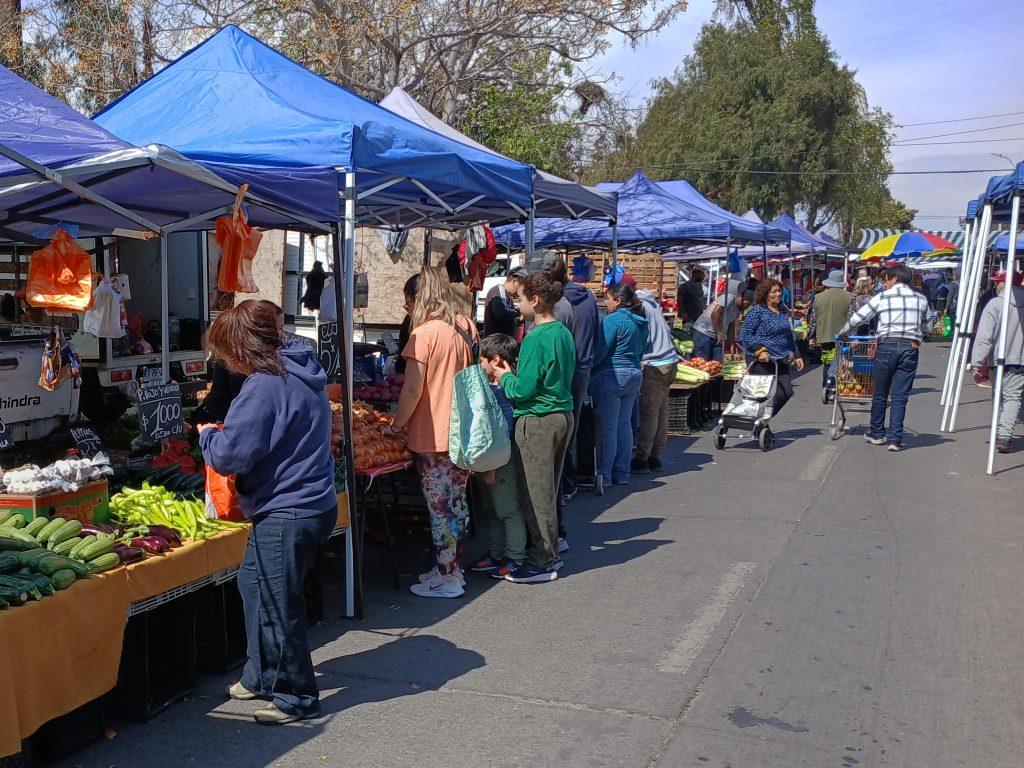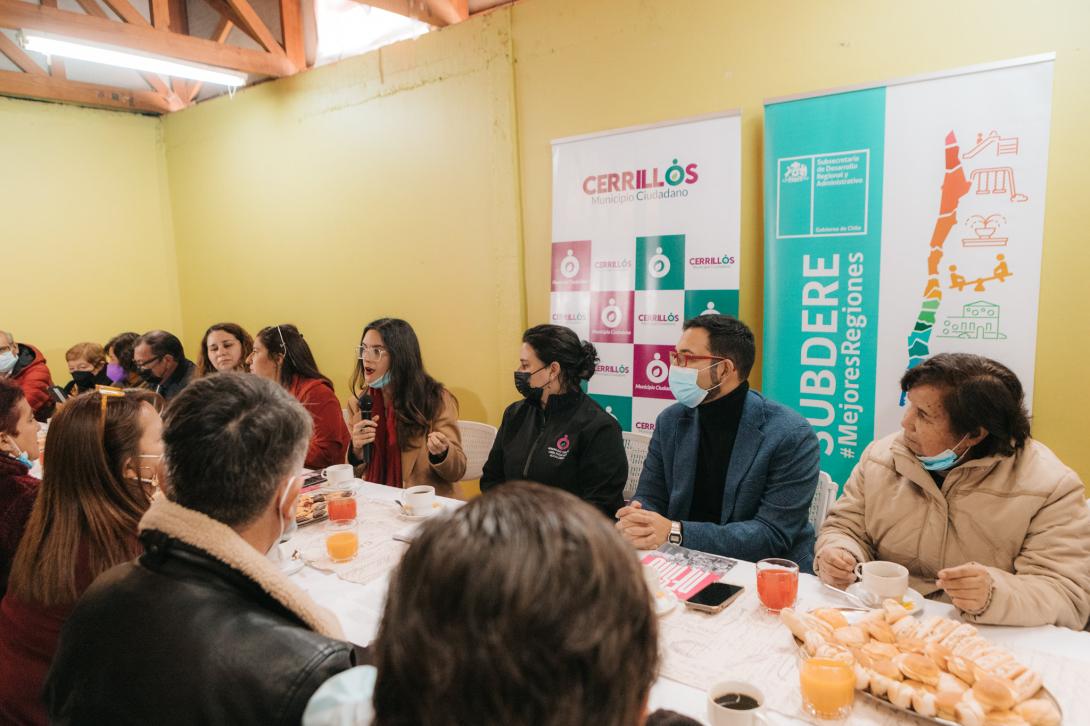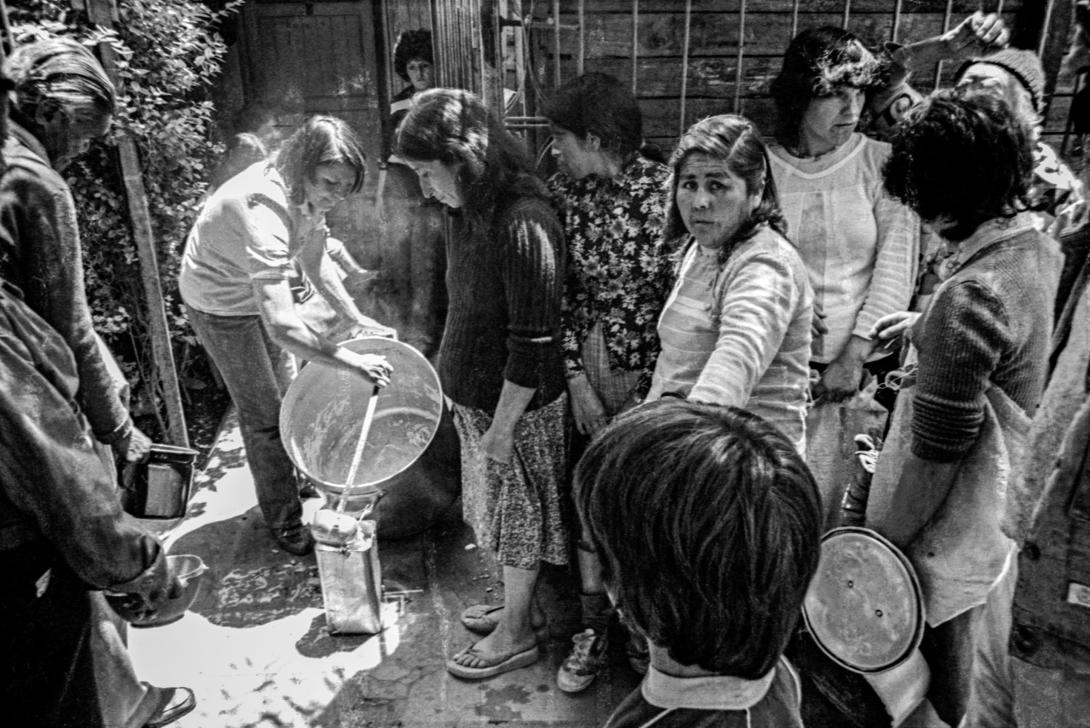
Originally published by Shareable
Chile has emerged from decades of often brutal dictatorship under General Augusto Pinochet with a dynamic and growing economy—and deepened social and economic inequalities.
Pinochet’s neoliberal economic policies have concentrated wealth among the few and left significant portions of the population behind. In 2017, 56 percent of the lowest-income population earned, on average, only $258 per month. In contrast, the richest 5 percent of the population had a per capita income of over $2,900 per month—11 times higher, according to Observatorio Social, a division of the Chilean Social Development and Family Agency, in 2018.
Community organizing is helping to mitigate these inequalities, in part. In Santiago, local communities have come together for collective benefit, but mostly in times of crisis. During the COVID-19 pandemic in 2020, for example, over 881 ollas comunes (community kitchens) were organized to support those without access to food.
On a day-to-day basis, however, institutions are leading the way in Chile’s solidarity economy. These include federal and regional governments, churches, universities, corporations, nongovernmental organizations, and social enterprises.
The solidarity economy, a term popularized by Chilean theorist and solidarity economy practitioner Luiz Razeto Migliaro, is a post-capitalist, international, practice and value-driven framework that seeks to build a world where people and planet are valued—not profit and endless growth.

Government leads
One example is the national government, which, through the Ministry of Social Development and Family (Ministerio de Desarrollo Social y Familia), recently expanded a nationwide food bank program aimed at supporting local food distribution and community resilience.
At the communal level, municipalities of all sorts are promoting entrepreneurship through innovation, with sustainability and social justice as key pillars. This support includes programs such as Impulsa Redes Sustentables 2023—a project of the city of Santiago’s municipal sustainability program to foster entrepreneurship, social innovation, and sustainable business models. The program encourages micro and small enterprises to collaborate in networks, enabling them to pool resources, increase visibility, and build more resilient business ecosystems.
Other examples of municipal initiatives include several community-market programs based in Santiago, including Mercado Vintage Lastarria, a vintage market that blends circular economy practices with cultural identity; Acción Errante, a socially engaged collective working to activate local economies through creative collaboration; and Mercado Kimén, which focuses on fair trade and local food systems.
These ventures stand out not just for their environmental or economic goals, but for their collective structure, rooted in cooperation, shared decision-making, and community benefit.
Such market programs are geared toward supporting underserved communities, neighborhood-based entrepreneurs, and informal sector workers who often lack access to traditional business support structures. By embedding values like equity, environmental care, and community participation into entrepreneurial ecosystems, the city of Santiago is building an innovation model that prioritizes inclusiveness and sustainability over purely profit-driven growth.
The role of churches
Historically, religious institutions mobilized against the authoritarianism of the Pinochet regime, leading to churches playing a large role in Chile’s solidarity economy. Outside of formal government structures, churches continue to play a key role in supporting communities in need. In La Florida, a municipal commune in the southeast of Santiago, the Parroquia Jesús Maestro launched a voucher initiative that provides families with funds for food and hygiene products, while also supporting local family-owned shops. In Puente Alto in the Santiago metropolitan region, several parishes, including San Carlos Borromeo and San Esteban, have organized ollas comunes serving hot meals daily to dozens of individuals regardless of background.
These actions—rooted in local knowledge, solidarity, and a faith-based commitment to justice—demonstrate how parishes operate as decentralized, agile actors of community resilience, often stepping in where formal institutions fall short.
Nongovernmental organizations
NGOs are also essential institutions building Chile’s solidarity economy: Un Techo para Chile (A Roof for Chile) mobilizes volunteers across the country to build housing. To date, the organization has built over 102,000 homes for families in need.
Public schools
Public academic institutions have also contributed significantly to the development of the solidarity economy. The Centro Internacional de Economía Social y Cooperativas (CIESCOOP) at the University of Santiago stands out as the only specialized center in Chile dedicated to the study and promotion of the social and cooperative economy. A pioneer in the field for many years, CIESCOOP provides expertise through research, education, and technical support for social enterprises, helping to shape more inclusive economic models.
Foundations
Charitable foundations also play a role. Teletón, a foundation that provides comprehensive rehabilitation services for people with motor impairments, autism, pediatric cancer, and other disabilities and illnesses, is funded primarily by a nationwide, annual, two-day telethon. In recent years, the organization has raised over CLP$40 billion (approximately USD $45 million) per campaign. The foundation operates 14 rehabilitation centers across Chile and serves more than 32,000 patients annually, offering therapies, psychological support, prosthetics, and inclusive education programs. In the months leading up to the broadcast, Teletón runs campaigns encouraging the public to donate—either by making direct contributions or purchasing specially marked products in supermarkets that allocate a portion of their profits to the cause. The initiative is not only a fundraising model but also a national symbol of solidarity and inclusion.
Private organizations
Private organizations also contribute to Chile’s solidarity economy. A standout example is Algramo, a social enterprise founded on the belief that low-income people shouldn’t have to pay more for basic goods.
Buying small portions—like a single-serving pack of coffee—often ends up being more expensive per unit over time than buying multiple portions in bulk at a discount. But for many low-income families, buying in bulk is not an option when money is tight.
Algramo addresses this by installing refill stations in local stores and neighborhood kiosks. Shoppers can purchase exactly the amount they need—rice, legumes, even cleaning products—at fair prices, using reusable containers that reduce both cost and plastic waste. It’s an innovative model that bridges social and environmental impact in one.

Keys to solidarity success
Strengthening solidarity at the community level requires several key components.
- Institutional commitment and coordination: As shown throughout this article, many of Chile’s most impactful solidarity initiatives come not directly from grassroots organizing, but from institutions: municipalities, churches, universities, NGOs, and social enterprises. These actors bring resources, scale, and structure to efforts that address food insecurity, housing shortages, and unequal access to economic opportunity.
- Community empowerment: Institutional actors must partner with local communities not as passive recipients, but as co-creators of solutions. Programs such as Impulsa Redes Sustentables and Algramo show that when institutions provide platforms for collaboration, local actors can thrive.
- Inspiration and access to proven models: Platforms such as Shareable, along with Chile’s own CIESCOOP, help document and disseminate stories, tools, and best practices in the solidarity economy—providing blueprints for others to adapt and replicate.
- Recognition and support structures: These are essential to prevent burnout and fragmentation. When efforts remain invisible, they risk losing momentum. Expanding programs that showcase, fund, or connect local initiatives—whether through municipal support, academic partnerships, or national campaigns like Teletón—can help sustain long-term engagement.
Together, these key elements are adding up to greater public benefit and an emerging solidarity economy. Now Chile has a broader challenge: Transforming these isolated responses into systemic, equitable models that confront the structural inequities of its neoliberal past. This effort is not starting from scratch—Chile has a long history of mutual aid, cooperatives, and community-based initiatives that predate the dictatorship and served as lifelines during moments of crisis. Building on this legacy while innovating for the future could allow Chile to move from fragmented efforts to a more coherent and resilient solidarity economy, one that both honors its past and reimagines a more inclusive future.

Add new comment